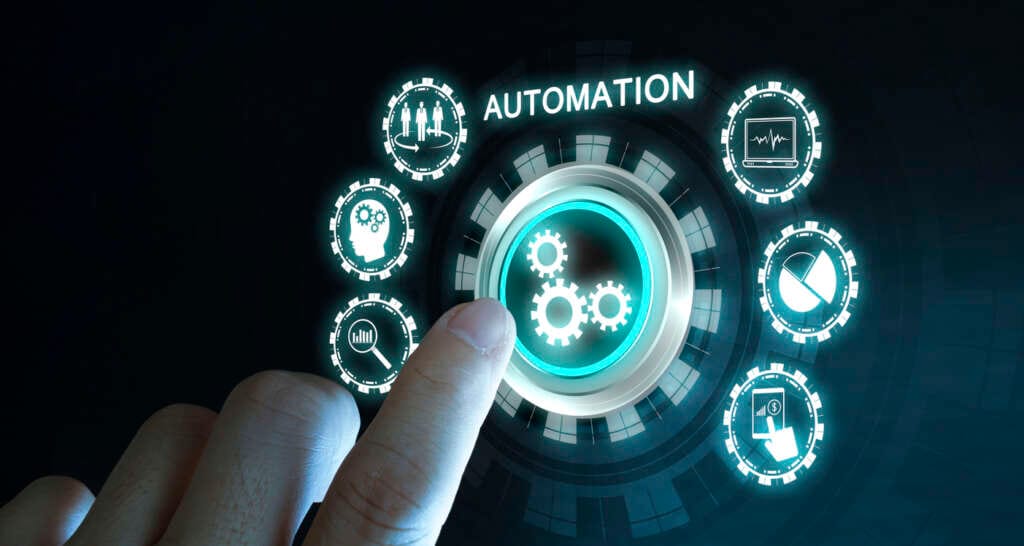
– byline Adil Mohammed, CEO and Founder of Virtuoso
The software industry has evolved substantially over the last few decades as it responded to the ever growing transformations in technology. In order to keep up with this rapid development, the concepts of scalable testing and quality assurance (QA) have become increasingly important.
In the past, businesses relied on manual testing, which took too long and made Continuous Testing almost impossible. It was also subject to human error. Even with the more recent advent of automated testing, firms are still required to spend time setting up test environments, carry out manual QA checks and fix issues with dynamic data as they arise. There is also a limit to how many tests can run with this number reducing even further when tests need to operate cross-browser. The result is that, even today, testing presents a bottleneck for many organizations and acts as a barrier to expansion.
New opportunities afforded by AI-powered test automation
In order for businesses to scale at the rate they need to compete, they can no longer rely on manual testing, test automation, or a combination of both. Firms that want to stay ahead must adopt an approach that allows for testing in a repeatable and scalable way – powered by Artificial Intelligence (AI). New approaches to AI-powered automation relieve many of the pain points that have plagued testing in the past. Crucially, they allow businesses to keep up with the ever-evolving demands of the tech industry. In fact, the benefits of AI-powered test automation are nearly endless.
Codeless testing
Recent developments have made no-code testing a reality. For example, AI and Natural Language Programming (NLP) can work together to allow for in-sprint testing authored in plain English – much like a manual test script. The benefit of codeless testing is that it allows anyone in your team to generate tests, making the whole process more accessible and user friendly. For example, natural language profiling means that simple commands such as “click ‘add to bag’” will be translated by Robotic Process Automation (RPA), ensuring the testing software understands exactly what function to carry out. It aids collaboration across the business as it allows developers to work with other non-tech teams to build reliable test cases. And it also offers a workable solution for businesses without the luxury of time or large tech teams, allowing them to get tests up and running from the get-go.
Self-healing tests
AI test automation allows you to unlock the power of self-healing tests. The technology takes into consideration all of the element IDs and attributes, so if one data point changes, then it has a model to compare to and can heal itself. The test understands the difference between data that should change, and a broken test.
Visual Regression testing
Through using an AI-led approach, you’re able to easily test that your elements’ colors, sizes, and shapes are all correct and in the right place. Visual Regression testing boosts the accuracy of your tests. Machine Learning (ML) also allows this to work for functional testing, as the test understands how all the different elements are supposed to work, and test authoring time decreases. These features can save your teams hours of checking and fixing while simultaneously improving both the accuracy and quality of your tests.
Continuous TestingAI testing fits in with Continuous Integration (CI) / Continuous Delivery (CD) and the Software Development Lifecycle (SDLC). Organizations can set tests to run not only intelligently, but continuously. You can also set conditions for your tests; for example, triggering an action if a certain outcome occurs. And you can run multiple tests in parallel as often as you need to ensure that your website is without bugs and performs at the highest level.
API testing
AI can also support end-to-end testing by recognizing the relationships and patterns between front-end interface and back-end. API tests ensure that both parts of a website communicate properly, with AI flagging if any wires get crossed during the exchange of information.
AI-led automation delivers unparalleled business value
Through leveraging AI-powered testing, companies can improve the speed, accuracy, and quality of their tests. It allows for positive collaboration across tech and non-tech teams. An AI-led testing approach also allows Agile and DevOps teams to create automated test cases sooner in the development cycle, therefore decreasing time to market. In today’s business climate, this kind of agility and flexibility is crucial.
We’re living in a time of great change with technology advancing faster than ever. Rapidly developing market forces and a fight for tech talent mean that firms must use all the resources at their disposal to retain their competitive edge. For these reasons, I encourage business leaders to think of an AI-powered testing framework like the foundations of a building. It supports key processes across the organization and allows for continued building as the company develops. It must be an essential part of your strategy for future proofing your business and powering growth.


